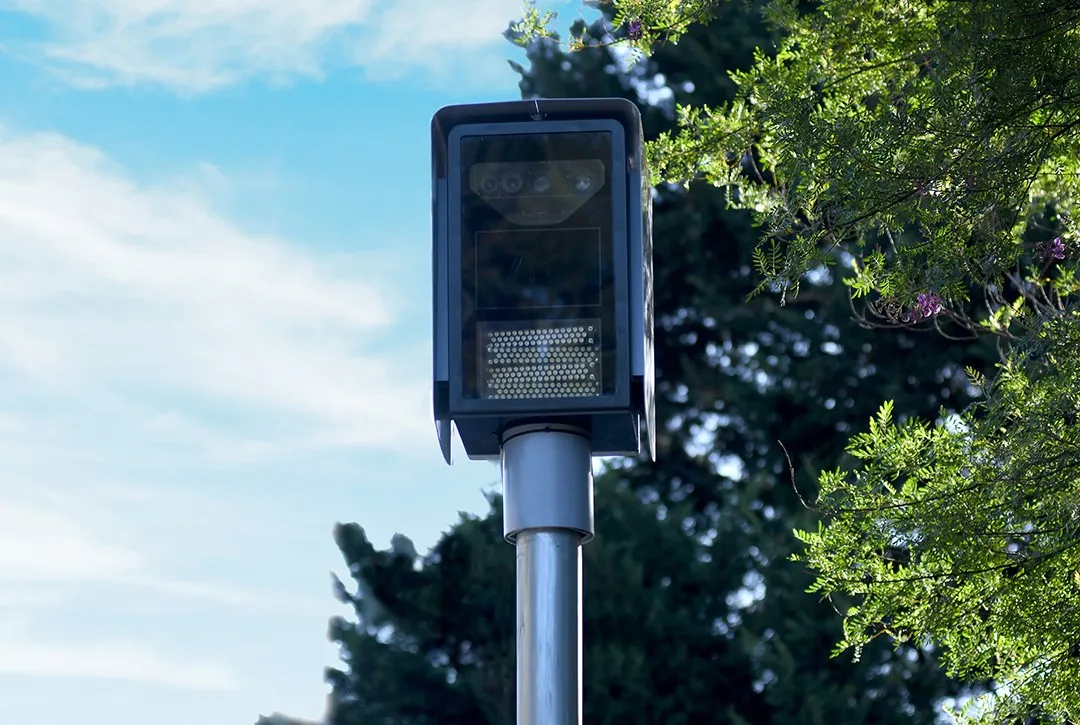
Redflex Traffic Systems is upgrading 113 automated enforcement camera sites throughout Los Angeles to help improve safety at bus and rail crossings.
Mark Talbot, group CEO of Redflex, says: “Imagine the consequences of a crash between a bus and a car, or a train and a car. Reducing or possibly even eliminating those incursions is vitally important.”
Redflex says the initiative is part of a $25.4 million agreement with the Los Angeles County Metropolitan Transportation Authority to improve automated enforcement system technologies and back office management services over eight years.
Redflex will provide its Halo 2 system, a single pole solution comprising radar, flash, cameras and computer in a single enclosure. The Halo radar can track 256 objects simultaneously with reliable lane discrimination, the company adds.
As part of the deal, it will also deploy the Alcyon back office software with 45-megapixel cameras.
Redflex claims its Alcyon processing platform enables users to import and process incidents via automated manual processes, removing the need to manage separate systems.
“The certainty of enforcement drives compliance,” Talbot continues. “It’s an unarguable fact that when cameras are in place, violations go down and dangerous or bad driving behaviour changes.”
It is a theme that Talbot touched on during a recent interview with ITS International.
According to Redflex, the LA system is environmentally friendly with a lower power draw that also uses LED flashes where possible.
Once fully upgraded, the automated enforcement systems will be active at several Metro light rail network and bus intersections.
Redflex is carrying out the upgrade in collaboration with Morgner Construction Management.









